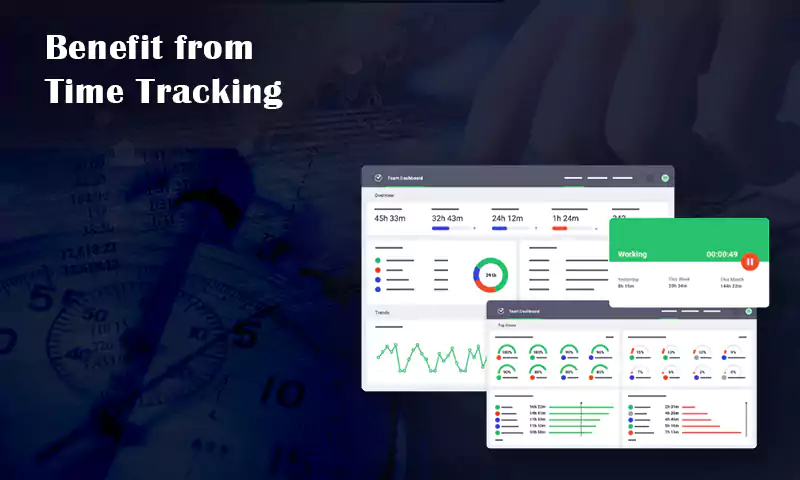Exploring Different Types of Age Verification Software Solutions
Selling age-restricted products can yield a significant profit; however, it’s crucial to ensure sales are made only to adults. So, if you own a financial institution, or if you sell adult-only products and services, As a seller, it’s your responsibility to confirm the appropriate age of any interested customer.
Given that the law takes the protection of underage individuals seriously, software developers have created numerous solutions to help business owners verify their customers’ ages. As a business owner, your task is to find a solution that integrates seamlessly with your business model and implement it.
In this article, we will discuss the top five age verification methods and provide tips to help you determine which is most suitable for your business.
What are Age Verification Software Solutions?

Age verification software is a tool that business owners use to confirm the age of their customers. Many age-restricted businesses use this software as a part of their Know Your Customer Process (KYC), or onboarding to adult-related websites.
Typically, this software is a component within a larger age verification system, often integrated with other business systems. However, standalone digital tools dedicated solely to age verification are also available. If you opt for the standalone digital tool, it needs to be integrated with any other software your business utilizes.
There are several technologies that online age verification systems use to confirm whether a user is an adult or a minor. Some of them require the customer to produce official identification documents, while others just check government databases for information. There are also simplified systems that trust the users and therefore only require them to declare their age without confirmation.
Are you uncertain about which of these methods to select for your business? Below is a comprehensive list to guide your decision.
Types of Age Verification Software
ID Document Checks
Verifying your customers’ identification documents is one of the most reliable methods for confirming their age. So, if one of your customers visits your store, ask them to show you their ID or any other official document that has clearly stated the year in which they were born. However, if you sell your products online, ask the customer to take a photo of the ID and ensure that the parts that show their face and year of birth are clear.
ID Document Check Plus Biometric Check
Even though checking the Identification documents of a customer is quite common, you cannot always guarantee that the person who is showing you the documents is an adult – unless, of course, they come to your business’s physical location.
There have been numerous instances where minors gain access to their parents’ ID to procure age-restricted products. Therefore, the all-time solution to making the ID check more secure is to also include a biometric check.
This method operates similarly to the ID check but requires the customer to hold the ID in the photo, instead of just photographing the ID itself. If you don’t trust pictures because of Photoshop technology, it is recommended to ask the customer to take a short video while holding the ID. In addition, you must conduct a liveness check to ensure that the photos or videos sent by the customer are not fake.
Credit Card Check
Another way of confirming the age of your customers is by asking for their credit cards. The businesses that use this method always assume that if a customer owns a credit card, then he/she must be 18 years old or more.
Although possession of a credit card is a valid proof of adulthood, this method should be used in conjunction with ID or biometric checks for increased reliability. This method’s reliability has decreased because many countries currently permit minors to hold bank cards linked to their parents’ accounts.
Photo Check
Checking the photo of a customer to determine their age is one of the oldest methods of age verification. Businesses that use this method require their users to take a selfie or upload a photo which then gets checked against an existing database.
This method of verifying age is not always accurate because it depends on looks. Yes, you may be able to tell the difference between a child and an adult, but you cannot tell their exact ages.
Self-declaration
The self-declaration method of verifying age is the standard method that you see on most websites. If you have ever visited an age-restricted site, you must have seen a small check box that says “I declare that I’m 18 years old”, or any other message similar to that.
This method does not require you to verify documents or do a selfie check – it is entirely based on the business owner trusting that the customer will tell their true age.
The ‘all-trusting’ system has significant flaws, as minors can easily check the box, gaining access to adult content. Therefore, it is recommended to only use the self-declaration method on low-risk sites.
So, Which One of the Above Methods Will Be the Most Effective for Your Business?
Occasionally, a single age verification method may be insufficient for a business to both comply with the law and fulfill its corporate objectives. Therefore, before you settle on one of the methods we’ve talked about, it is recommended to review the objectives of your business and then ask them to brainstorm on which ways will help you comply with the law.
That being said, for low-risk businesses or ones whose products pose no harm to minors even if accessed, it is recommended to start with the self-declaration method. However, for businesses with strict age restrictions such as tobacco sales or dating sites, it is safe to implement a combination of ID and biometric checks.
The Bottom Line
If you’ve just launched a business dealing in age-restricted products, it’s imperative to verify the age of your customers prior to any sales using age verification software.
The above article discusses various online age verification methods and outlines the scenarios in which they are most effective. This guide assists you in finding the perfect age verification solution for your business.
Share
















